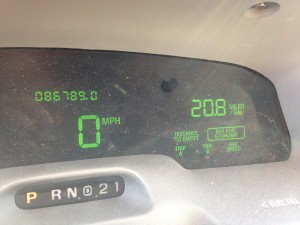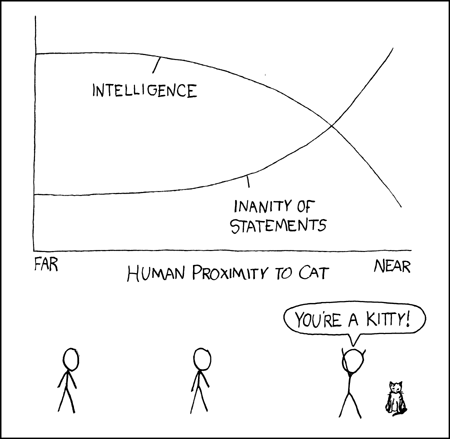Here are two problems I used in my calculus 1 class, just after teaching them the definition of the derivative and discussing average and instantaneous rates of change.
- My car has a digital read out with the average fuel economy. I used to have a car which also had the instantaneous fuel economy.

What is the difference between these two fuel economies? Under what circumstances is each more useful? How can I use the average fuel economy feature to approximate my instantaneous fuel economy? (Your answer should be 2-5 complete sentences). - Read the article at
http://www.slate.com/blogs/bad_astronomy/2015/09/03/ice_loss_greenland_and_antarctica_lost_5_trillion_tons_since_1992.html .
You can use this QR code to access it

- Then answer the following questions. Give all answers in complete sentences with units.
- What is the average rate of change of the mass of Antarctica’s ice?
- What is the average rate of change of the mass of Greenland’s ice?
- Looking at the graphs, do you think it is reasonable to talk about the instantaneous rate of change for these quantities? Why or why not?
